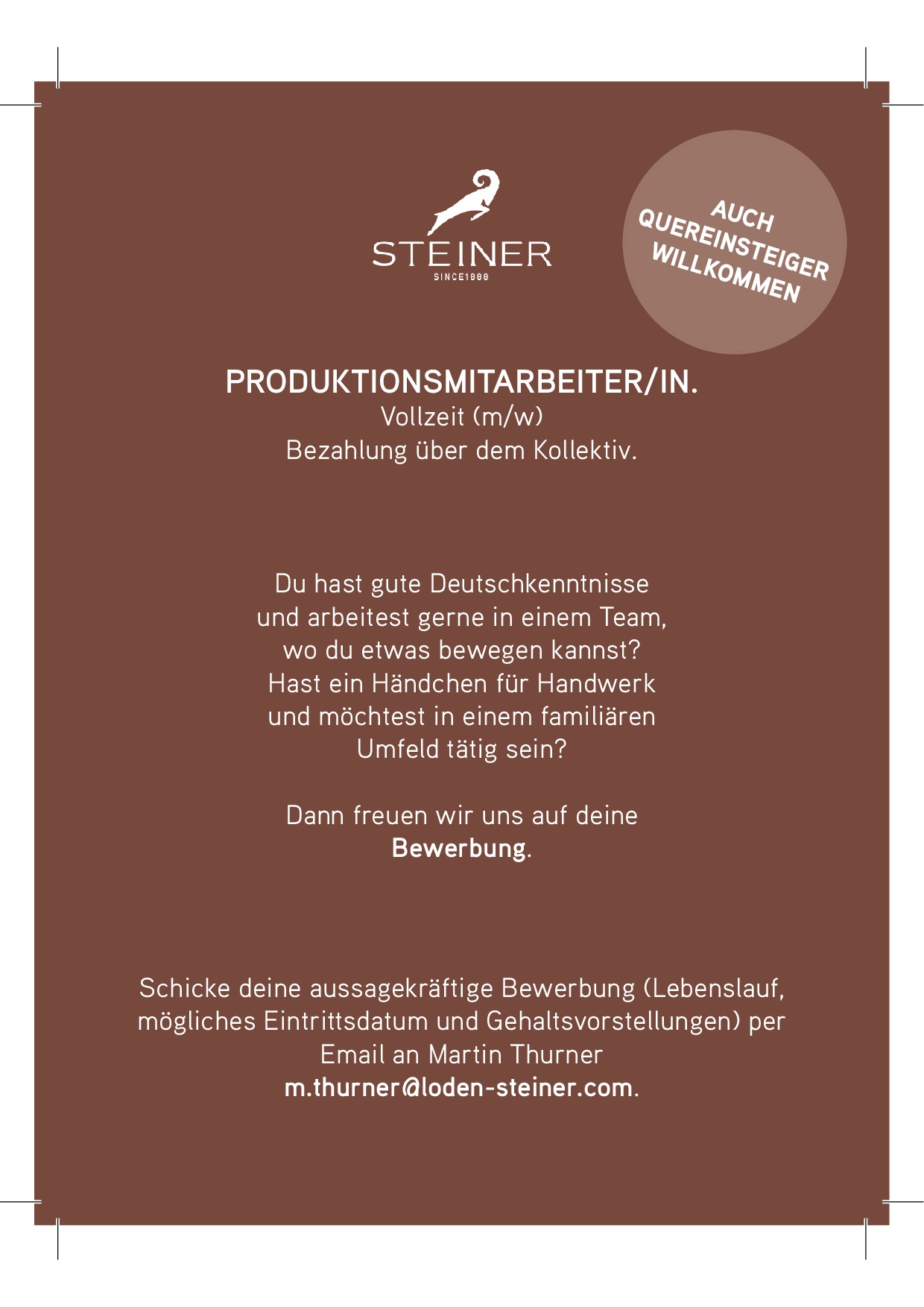Once a year, our international wool traders supply us with the wool of alpacas, merino sheep and cashmere goats. The wool of the Austrian mountain sheep is brought by the farmers of the region every six months (in spring and autumn). These tons of wool are then dyed and stored until their mission continues on the road to becoming loden. Because our loden fabrics are melanges, in other words a mixture of different colours, these are mixed together on the so-called carding machine according to a recipe in order to arrive at the right colour in the end. For a turquoise blanket, for example, blue, green, yellow and white wool are mixed together.
